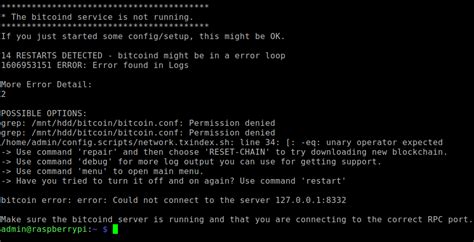Your cart is currently empty!
February 5, 2025
Backup and Disaster Recovery for Bitcoin: A Guide to Safeguarding Your Blockchain
As a serious Bitcoin enthusiast, you’re likely aware of the importance of backing up your blockchain data. In this article, we’ll explore why it’s crucial to regularly back up your Bitcoin Core data directories, specifically when it comes to syncing with the chainstate and blocks.
The Risks of Unbackups
When your local storage device (e.g., hard drive or SSD) fails or is wiped by malware, you lose access to all your backed-up Bitcoin data. This can lead to significant financial loss, as you’ll miss out on transactions that have already been processed. Furthermore, if your backups are corrupted or encrypted, they may not be recoverable.
Chainstate and Blocks: A High-Stakes Backup

Bitcoin Core stores its chainstate (i.e., the blockchain’s state) and blocks in a set of directories located at /root/btc_db. These directories are essential for syncing with other nodes on the network. To ensure that your backups remain up-to-date, it’s vital to regularly back up these directories.
Why Backups Matter
When you’re backing up your Bitcoin Core data directories, you’re essentially creating a copy of your blockchain state in a safe location. This allows you to:
- Recover from crashes: If your local storage device fails or is compromised, you can restore your backups and regain access to your wallets.
- Avoid transaction losses: By having multiple copies of your data, you’ll be able to recover transactions that have already been processed if your primary backup is lost or corrupted.
- Stay ahead of network changes: If the Bitcoin network makes significant updates to its protocol, such as the implementation of new block templates, you can restore your backups to reflect these changes.
Best Practices for Backing up Your Bitcoin Core Data
To ensure that your backups are successful and secure:
- Use rsync with options: When backing up your directories using
rsync, use the following options:
* -av: Enable verbose mode, which provides detailed output.
* --delete: Remove any unnecessary files from the destination directory.
- Store backups in a safe location: Place your backups on an external drive or in a secure cloud storage service, such as Dropbox or Google Drive.
- Regularly back up your data: Schedule regular backups, ideally every 24 hours, to ensure that you can recover quickly in case of an emergency.
Conclusion
Backing up your Bitcoin Core data directories is crucial for maintaining a secure and disaster-recoverable blockchain setup. By regularly backing up your chainstate and blocks, you’ll be able to:
- Recover from crashes: Quickly regain access to your wallets and funds.
- Avoid transaction losses: Recover lost or corrupted transactions.
- Stay ahead of network changes: Reflect any updates to the Bitcoin protocol.
Remember, a good backup is an investment in your long-term financial security as a Bitcoin user. Take the time to set up regular backups, and you’ll be well-prepared for any situation that may arise on the blockchain.
